Pretend play, it seems, is under attack from a fast-paced digital world. Maybe it’s time to start changing that.
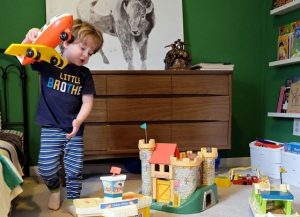 Prior to the electronic invasion of our homes, it was not uncommon to encounter a wide variety of play activities. Building blocks, paper airplanes, trains made from cardboard boxes, paints and crayons, dress-up wardrobes, Fisher Price’s Little People sets and more. I think it’s time to bring these activities back into our homes!
Prior to the electronic invasion of our homes, it was not uncommon to encounter a wide variety of play activities. Building blocks, paper airplanes, trains made from cardboard boxes, paints and crayons, dress-up wardrobes, Fisher Price’s Little People sets and more. I think it’s time to bring these activities back into our homes!
Imagination, creativity, social and emotional development, language and communication skills, thinking, learning and problem solving, and physical development, are among the benefits of pretend play.
Five reasons to encourage pretend play (Therapies for Kids Website)
1. To encourage imagination & creativity
- Builds a child’s ability for flexibility and then creativity.
- How to think for themselves.
- Helps children understand another point of view.
2. Supports social & emotional development
- As they pretend to be different people or control objects, they are practicing social and emotional roles of life.
- They learn how to walk in someone else’s shoes – often mum or dad.

- Develop self-esteem and self-awareness.
- Learn how to recognize and respond to others feelings when involved in group imaginary activities.
3. Improves language and communication skills
- They learn new language that they might not encounter every day.
- It’s fun and provides opportunities for discussion.
- Gives them control and can help decrease anxiety as language becomes more familiar.
- They have to communicate their thoughts to others – an essential social skill.
4. Develops thinking, learning, and problem-solving
5. Enhances physical development:
- Often physical – e.g. being an aeroplane, climbing ladders as a fire fighter, etc.
- Fine motor skills developed while feeding and dressing a doll.
- Learning about rough and tumble and limits.
How to encourage pretend play:
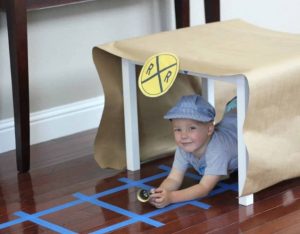 Play together face to face so your child can copy your gestures/pretend actions.
Play together face to face so your child can copy your gestures/pretend actions.- Follow your child’s lead – play with things your child is interested in.
- Keep it simple – repetition is fun.
- Take turns – the play becomes a “conversation.”
- Choose the right toys.
- Introduce new ideas when they can link ideas together – e.g. if they like to play with cars, take them to the mechanic.
Toys for pretend play:
- Vehicles (not just for boys!)
- Common in children’s lives – so good for simple pretend.
- They can put a driver in and go to the mechanic.
- Use a shoe box to make a car/bus.
- Playdough – In early play, make simple/familiar objects. Later, make food for the tea set, make roads, etc.
- Costumes and props – old hats/shoes/scarves/coats. Bags/briefcase/boxes for store/shop, etc.
 Favorite stuffed animal or doll – great for feeding and pretending real life situations.
Favorite stuffed animal or doll – great for feeding and pretending real life situations.- Puppets – moving parts help them come to “life.”
- Encourages joint/peer play in older children.
- Blocks and Lego – initially might build simple and familiar objects (e.g. house/car). Later might “pretend” that individual blocks are something real (e.g. a bed/food for animals, etc.).
- Toy food/dishes/groceries – initially feed the animal, later then a restaurant, have a tea party.
edited by Meg Rayborn Dawson
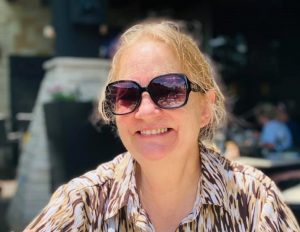 MA, Exceptional Student Ed (University of W. Florida)
MA, Exceptional Student Ed (University of W. Florida)
********************************************************************************
Did you know every year many 1,000’s of parents teach their own children to READ? Many of them have used Alpha-Phonics because they have found it can easily be used to teach their children to read. Your Kids can make a lot of headway in only a couple of weeks with this proven program. Alpha-Phonics is easy to teach, is always effective and requires no special training for the Parent. It works ! And it is very inexpensive. You CAN DO it !! Follow the links below to know all about the time-tested (38 + years) Alpha-Phonics program:

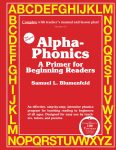

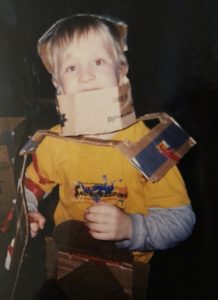



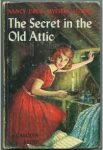
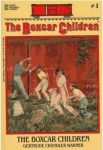
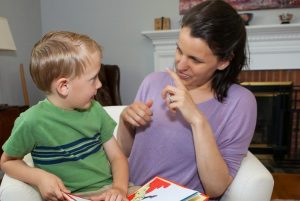
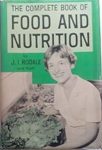
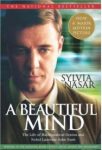

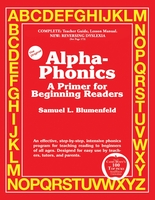

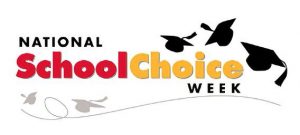

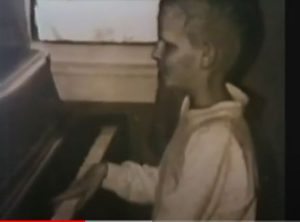
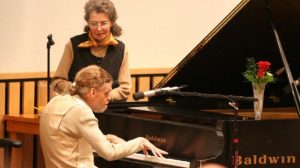
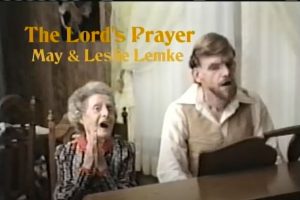
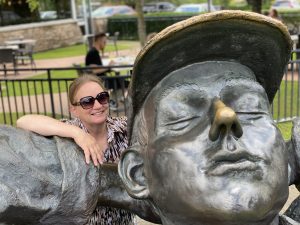
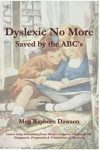
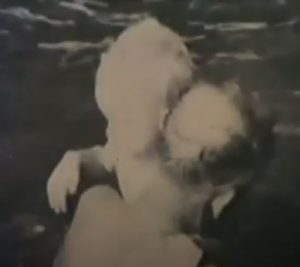
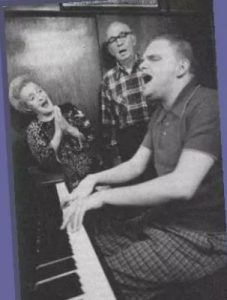
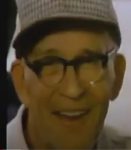
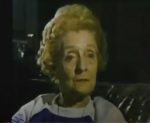
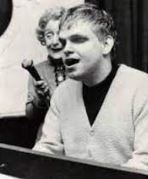

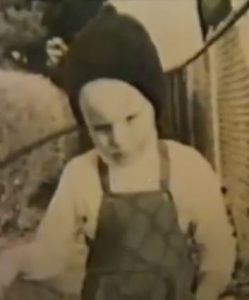
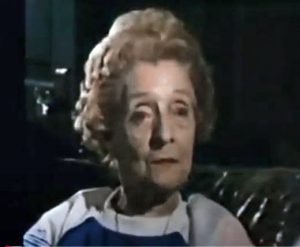
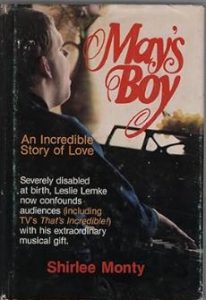
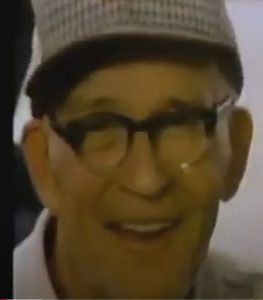

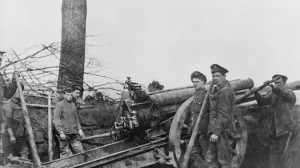






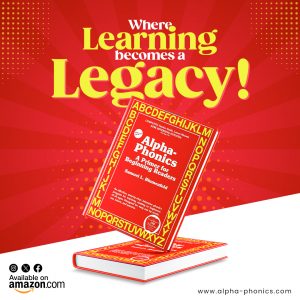
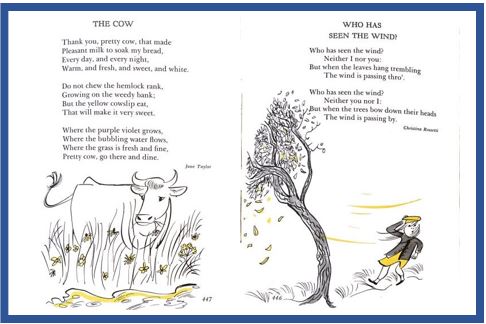
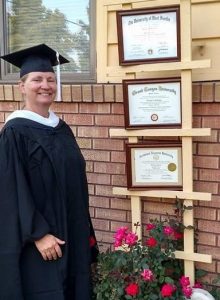


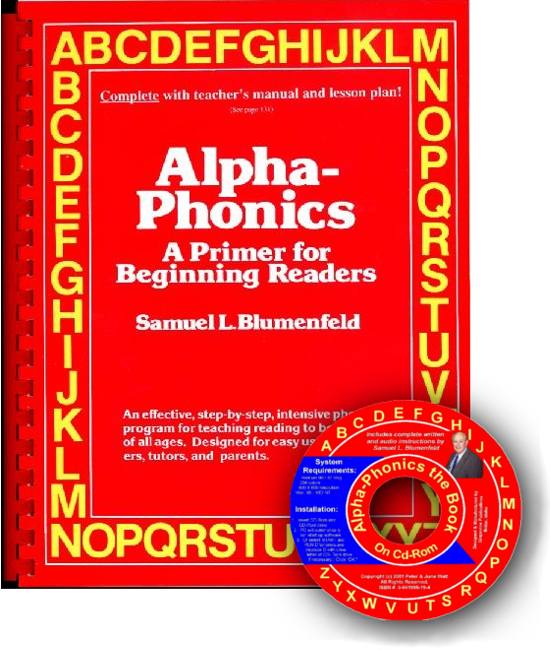 Alpha-Phonics
Alpha-Phonics The Alphabet Song!
The Alphabet Song! Water on the Floor
Water on the Floor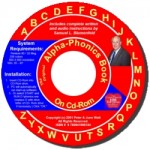 Alpha-Phonics the Book on CD Rom
Alpha-Phonics the Book on CD Rom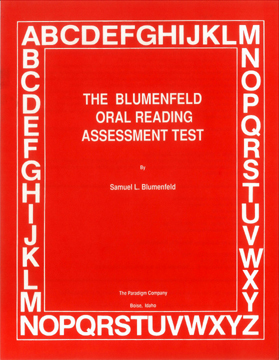 Blumenfeld Oral Reading Assessment Test
Blumenfeld Oral Reading Assessment Test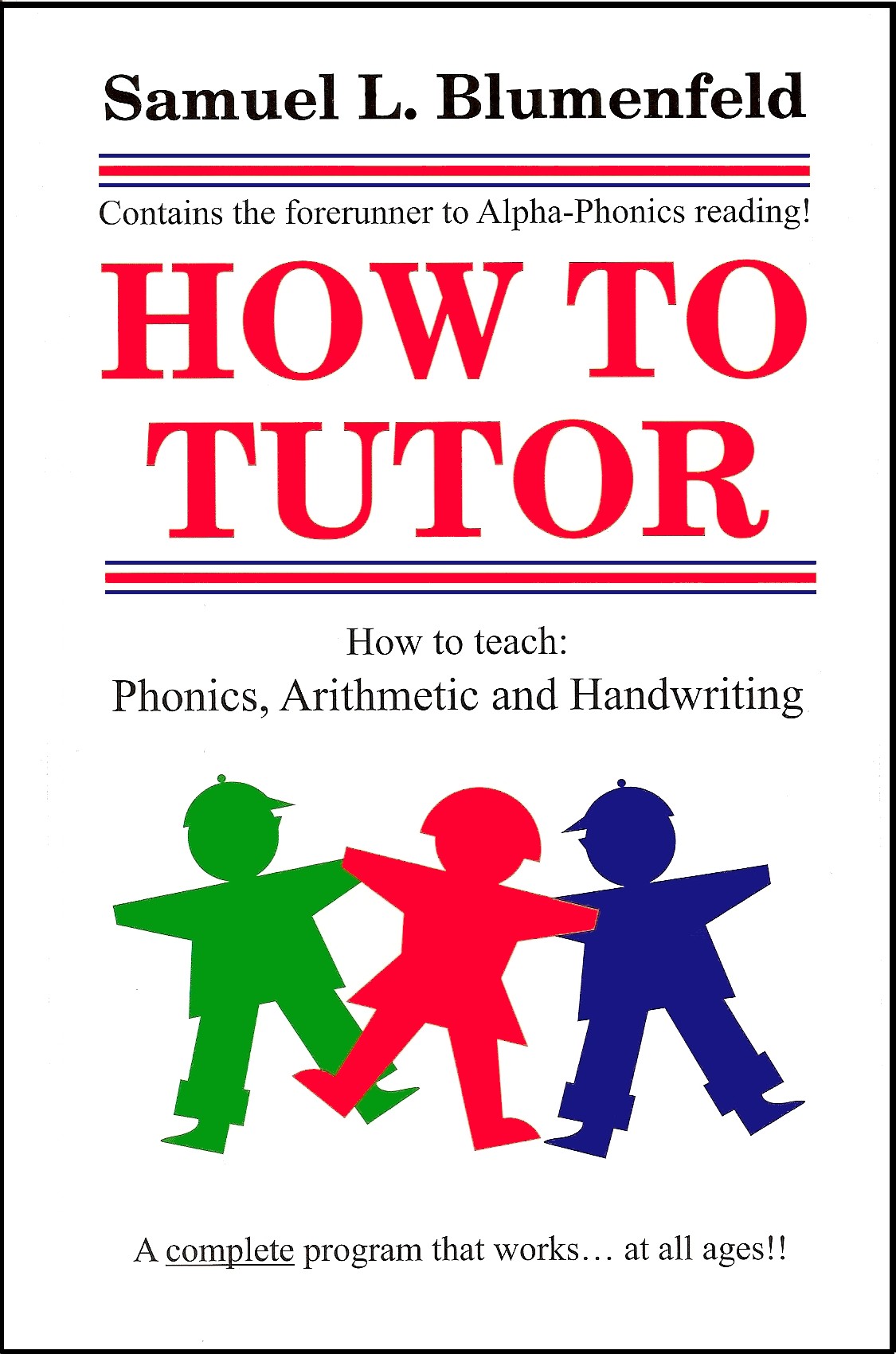 How To Tutor
How To Tutor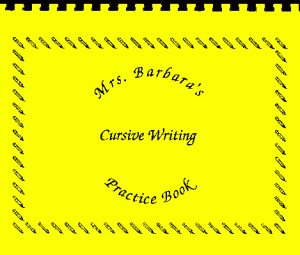 How To Tutor Cursive Handwriting Workbook
How To Tutor Cursive Handwriting Workbook